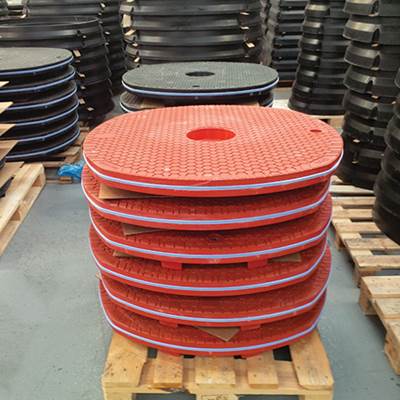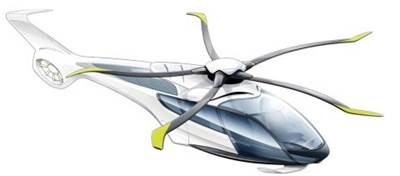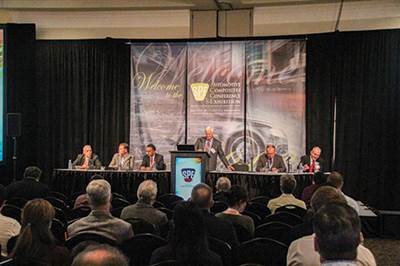RTM
Composite manhole covers
UK utility trials ultralight access covers to reduce worker injuries and resulting compensation claims
Read MoreDonauwörth as composites pioneer
Airbus Helicopter Germany produces composite primary structure for 30+ years, first all-composite doors for A350 XWB and latest “kinked” composite blades for new “quiet” rotorcraft.
WatchPart design criteria (2015)
Designers of composite parts can choose from a huge variety of fiber reinforcements and resin systems. That makes knowledge of how those materials work together a critically important aspect of part development. Here's a short description of what that knowledge entails.
Read MoreThe matrix (2015)
The matrix binds the fiber reinforcement, gives the composite component its shape and determines its surface quality. A composite matrix may be a polymer, ceramic, metal or carbon. Here's a guide to selection.
Read MoreFabrication methods (2015)
There are numerous methods for fabricating composite components. Selection of a method for a particular part, therefore, will depend on the materials, the part design and end-use or application. Here's a guide to selection.
Read MoreMaking epoxy composites recyclable by design
Connora Technologies and Adesso Advanced Materials have garnered much attention for their hardeners which make epoxy resins recyclable, marketed as Recyclamine and Cleavamine, respectively.
Read MoreComposites in commercial aircraft engines, 2014-2023
The drive to boost aircraft operating efficiency continues to fuel adoption of polymer matrix composites in jet engines.
Read MoreBenteler SGL to supply composite leaf springs for new Volvo XC90
The rear axle of the new Volvo XC90 crossover SUV will use a composite leaf spring molded by Austria-based Benteler SGL using Henkel's Loctite MAX 2 polyurethane resin in RTM.
Read MoreUK's Composites Engineering Show features latest in composites technology
Composites technologies for automotive, mass transit and aerospace abounded at the Composites Engineering Show in Birmingham, UK, Nov. 11-12.
Read More




.jpg;maxWidth=400;quality=70)






.jpg;maxWidth=300;quality=90)





